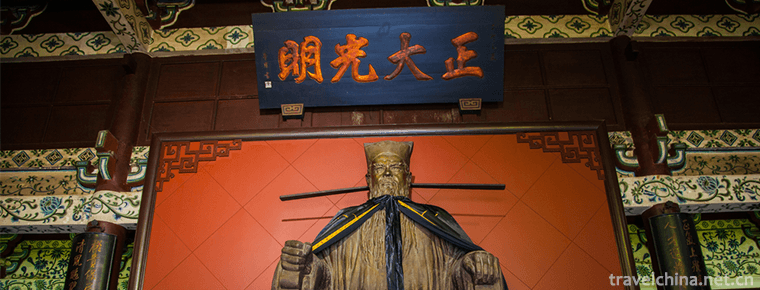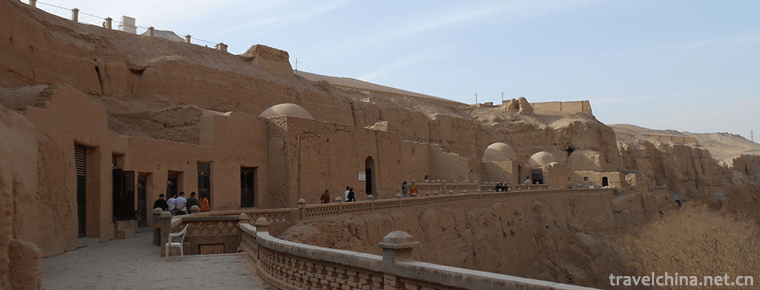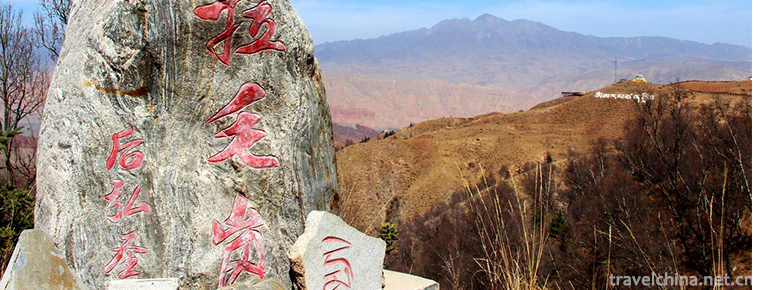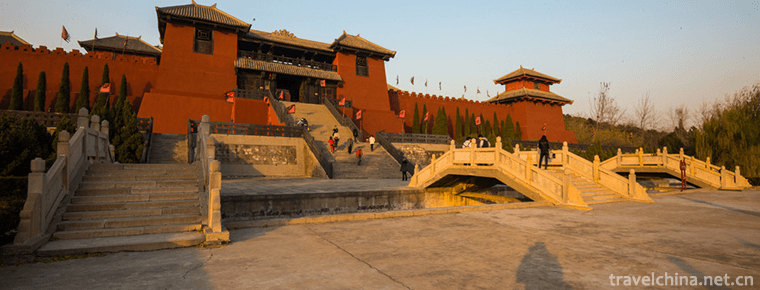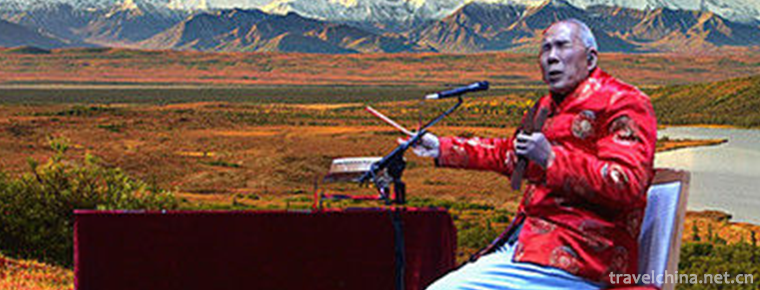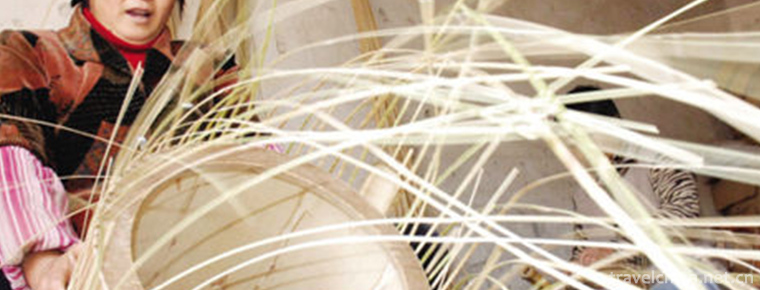Golden Gong dance of Yao nationality
Golden Gong dance of Yao nationality
Golden Gong dance is popular in the villages of Meilin and Pingliao of Dengyao Township in Tiandong County. It is a representative work of Bunuyao folk dance in Tiandong.
In November 2014, the Golden Gong dance of Yao nationality declared by Tiandong County of Guangxi Zhuang Autonomous Region was listed in the fourth batch of national intangible cultural heritage list with the approval of the State Council.
historical origin
Originated from the local Yao people to commemorate their ancestors and thank God of the mountain for the gift. In the old days, it was limited to the activities of rewarding gods, offering sacrifices and exorcising evil spirits. With the passage of time and the changes of time, Golden Gong dance gradually evolved into the main sacrificial dance for celebrating the Lunar New Year in Yaoshan. Every Spring Festival and May 29 of the lunar calendar, golden gong sounds in Yaozhai. People are crazy about singing and dancing. Golden Gong dancing is the main form of activity of emotional alleviation of Yao people, which reflects the whole process of production, life and emotion of local Yao people.
artistic characteristics
Golden Gong dances are mostly collective dances. The number of people can be three or five, or hundreds or thousands. When dancing, a vine or a rope is pulled up in the playground, and the Gong is strung up and hung up. The Gong can also be hung on a bamboo stand or a wooden bracket. The Gong is about 1.5 meters off the ground, so as not to hinder the movement. Because Yao people mostly live on high mountains, their long-term life and work in the mountains make them adapt to the natural environment. For example, when walking on rugged mountain roads, they must raise their feet, exert their toes, twist their waists and contain their breasts. This habit includes "raising their legs and striking gongs", "leaning on their feet and nodding gongs", "crossing their heads with hammers" and so on. "Double mallet backstroke" and "quick turning gong" are all embodied. The wild Gong dance shows the tension of life and the beauty of art. Now, Golden Gong dance is not only a cultural and recreational activity for farmers in the village, but also an indispensable reserved program for major festival activities in Tiandong County. Golden Gong dance is very popular in the local area. In Meilin village, where it originated, men, women, old and young can dance. It is a cultural phenomenon in Yaoshan, and also a popular folk dance program of Tiandong people.
Current situation of inheritance
In 1985, the dance was listed as a development project by the national key project group of art and science planning. In 1992, it was included in the "Guangxi Volume of the Integration of Chinese Ethnic and Folk Dances". In 2006, he participated in the first Baise traditional minority sports competition and won the second prize. Up to now, nearly 100 performances have been performed both inside and outside the county. In 2010, the Autonomous Region announced the list of important intangible cultural heritage projects, including the Yao Golden Gong dance and the Yao Suona in Tiandong. At present, Tiandong is applying for the Golden Gong dance of Yao nationality as an important item of the national intangible cultural heritage.

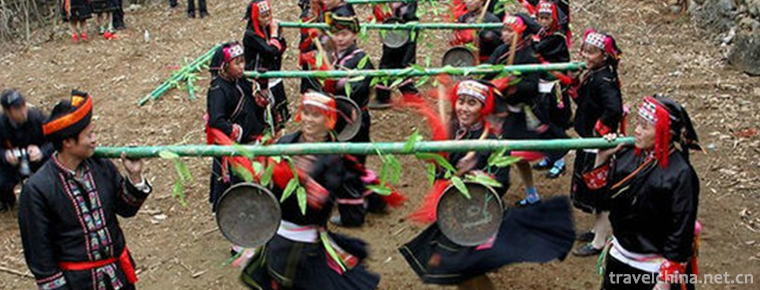
-
Bao Xiaosu Temple
Baoxiao Sugong Temple, abbreviated as "Baogong Temple", is located on a mound in the east section of Huancheng South Road, Hefei City, Anhui Province. It is the main ancient building complex.
Views: 116 Time 2018-12-26 -
Bezeklik Thousand Buddha Caves
The Qianfo Cave in Bozikrik is located on the cliff on the West Bank of the Wood Trench, 45 kilometers east of Turpan City, Xinjiang. There are 83 caves and 57 caves.
Views: 132 Time 2019-01-02 -
Yellow River Grand Canyon
The Yellow River Grand Canyon is located in Qingtongxia Town, Wuzhong City, Ningxia. It is 20 kilometers away from Wuzhong City. It is a scenic spot of the Yellow River Canyon composed .
Views: 158 Time 2019-01-18 -
Jiaozuo Film and Television City
Jiaozuo Film and Television City, located in Jiaozuo City, Henan Province, is a large-scale comprehensive tourist area with film and television shooting services as the main function.
Views: 93 Time 2019-01-22 -
Stone Old Man Sightseeing Park
Shilao Sightseeing Park is located in Qingdao City to Laoshan Scenic Area, east of the fishing banquet in the Tang Dynasty, with an area of 1200 mu. Starting at the end of 1999.
Views: 201 Time 2019-02-08 -
Shangluo Flower Drum
Shangluo Flower Drum, also known as Flower Drum and Ground Bumper, is popular in 7 counties (districts) of Shangluo City, Shaanxi Province, especially in Shangzhou, Danfeng, Zhenan and Zhashui. During.
Views: 180 Time 2019-06-13 -
Zezhou Sixianshu
Zezhou Sixianshu is a popular performance form in Zezhou Prefecture, Shanxi Province in Qing Dynasty. It is named after Sixian (Sihu) as the main accompaniment instrument. There is no documentary info.
Views: 347 Time 2019-07-16 -
Bamboo weaving
The traditional bamboo weaving technology has a long history and is rich in the crystallization of the hard work of the working people of the Chinese nation. Bamboo weaving crafts are divided into fin.
Views: 168 Time 2019-08-10 -
Cao Pi
Wei Wendi Cao Pi (187 - 26 June 29th) Zi Wan Pei Guo Qiao County, Yuzhou City (now Anhui Province Bozhou City People. Three Kingdoms period Famous Politician , Litterateur , the Wei state of the Three.
Views: 196 Time 2019-09-15 -
Borneol Bridge
Luxian county is the "hometown of dragon culture" and "the hometown of Longqiao" in China. There are hundreds of ancient Longqiao bridges in the Ming and Qing Dynasties in Luxian County, which is the largest group of Longqiao in China and even in the world..
Views: 143 Time 2020-10-16 -
Contact information of Chengdu Giant Panda Base
Contact information of Chengdu Giant Panda Base.
Views: 160 Time 2020-12-13 -
Climate of Yibin
Yibin City has a humid monsoon climate in the middle subtropics, and the low hills and river valleys have the climate attributes of south subtropics. It has the characteristics of mild climate, abundant heat, abundant rainfall, suitable illumination, long fr.
Views: 354 Time 2020-12-18
